A car for all occasions: introducing the Audi RS3
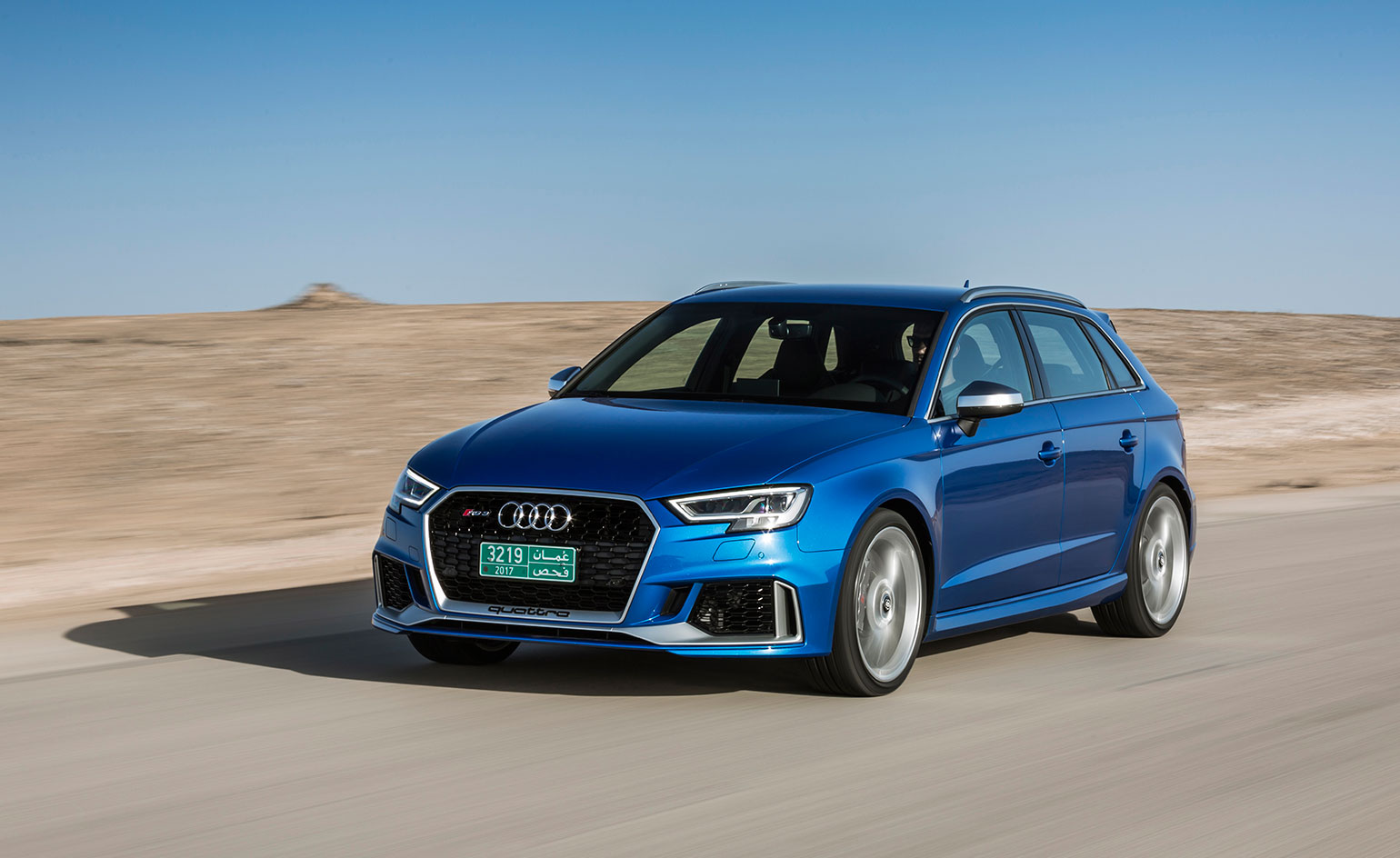
Trying to get a handle on the Audi personality is increasingly tricky. After three decades of coasting along under the auspices of ‘Vorsprung Durch Technik’, the rest of the auto industry eventually caught up with Audi’s technocratic idealism. What’s rather more secure is the company’s lead in terms of perceived quality and sophistication. Audi is still the industry leader when it comes to interiors, navigation and dashboards, with rigorous attention to detail.
As we've often noted, there’s an Audi for every occasion, big or small, sporty or practical. The latest in what promises to be another deluge of new models (eight in two years) is the RS3, a high performance variant of the A3 available in both sedan (saloon) and Sportback versions. ‘RS’ is Audi’s magic performance glitter, a dedicated division that has been building limited run high-speed versions of its regular production models since the 1990s.
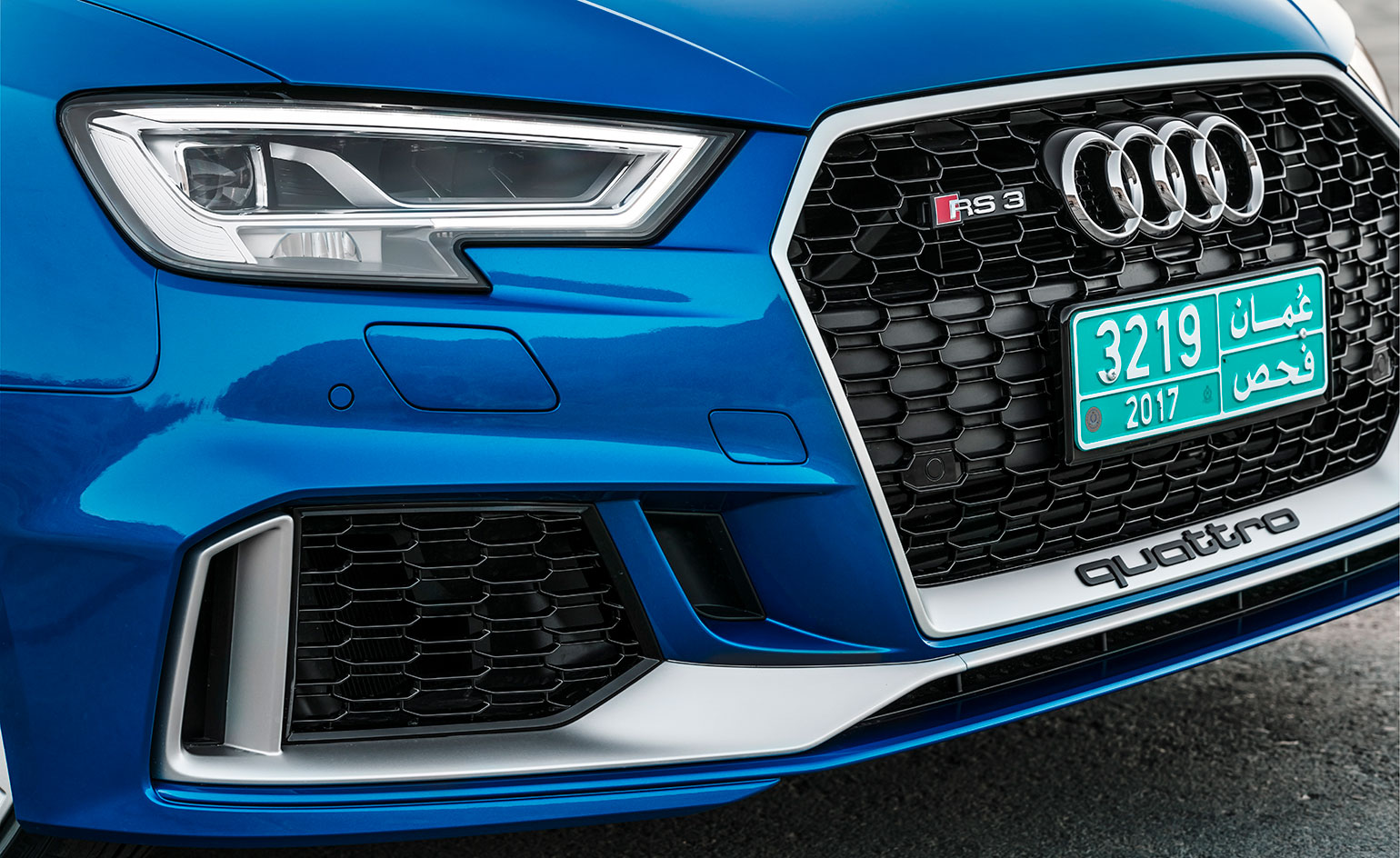
The RS3 features a singleframe grille in gloss black honeycomb and a striking RS bumper
The RS3 is notable chiefly because this is the first time the magic dust has been dappled on a compact saloon car – as opposed to something larger, sleeker or more capacious. The move shows how important traditional saloon car markets still are to Audi (the US, China, India, etc.); even as markets like Europe switch to SUVs big and small, a sports car still has a halo effect across a range.
Audi chose to launch the RS3 in Oman, away from the European circuit and not far from those key target markets. The car might be a canny bit of marketing, but there’s no denying its ability. A landscape of wide, fast, empty roads – goats, camels and cattle notwithstanding – Oman offers the kind of fantasy world that best suits the modern performance machine. We can report that the RS3 – in both variants – is both competent and comfortable, with the quattro four wheel drive and numerous other stability aids endowing deity-like control over the car. Way up in the country's sparsely-inhabited Dhofar mountains exists a veritable paradise for drivers, with the kind of wide, empty, far-sighted roads that usually exist only in car ads and on press launches.
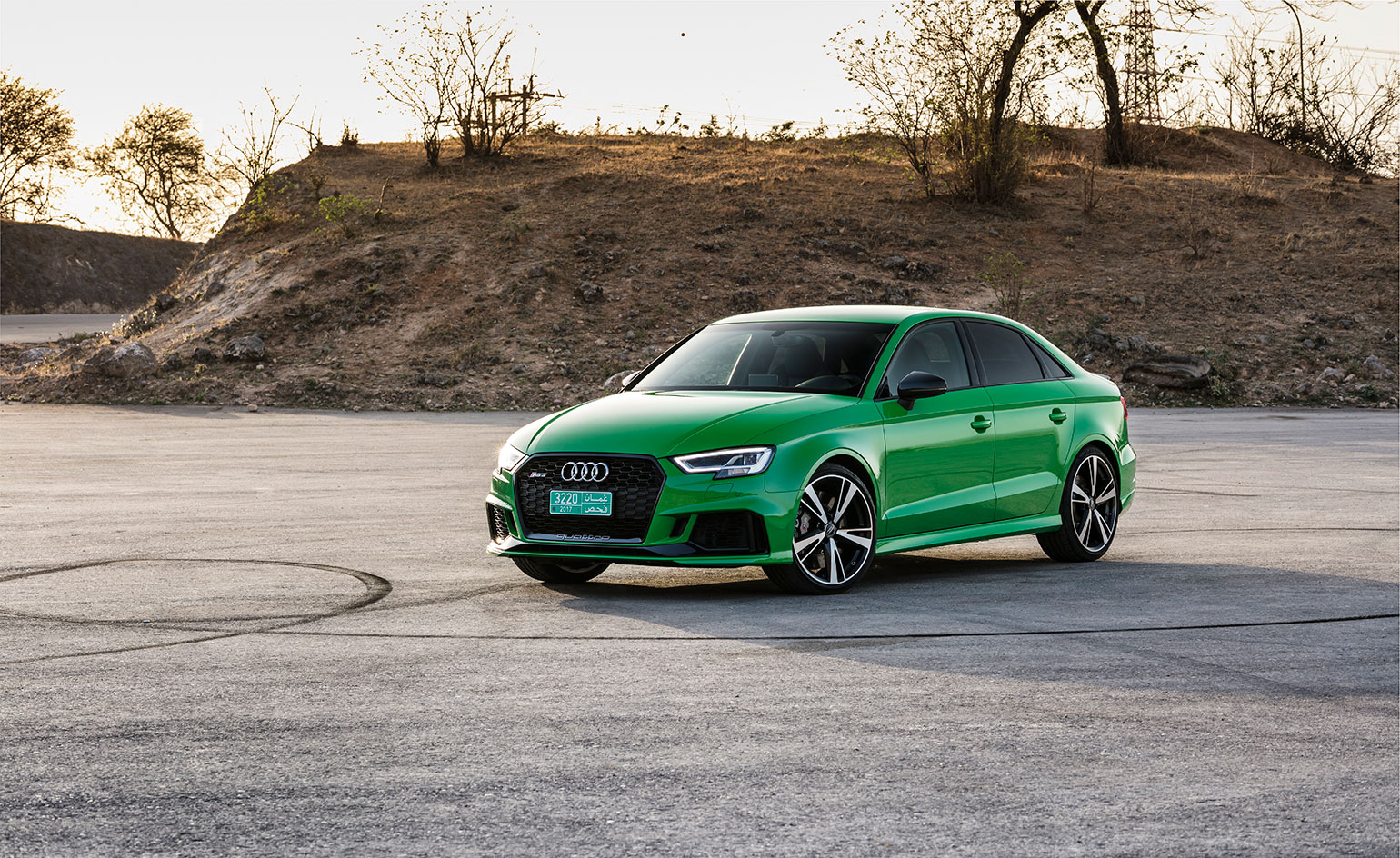
The car features a five-cylinder engine, S tronic and quattro permanent all-wheel drive that switches gears at lightning speed
Herein lies the paradox at the heart of the traditional performance car. You simply can’t use it to its full abilities anywhere. With a ‘supercar’, the trade-off for this inability to deploy all the bells and whistles is the sheer visual and sonic drama of ownership and display. The RS3, on the other hand, is a pumped-up compact car, albeit one from a premium brand. It’s designed as a gateway purchase to more (and more profitable) performance (although you can of course specify some very expensive options, like carbon ceramic brakes). The car is even explicitly described as the ‘entry ticket to Audi Sport’ by CEO Stephan Winkelmann, who also notes the RS3 will probably be the sub-brand’s biggest seller.
That being said, Audi Sport models make up less than two per cent of Audi’s total sales; they exist almost purely to garnish the brand. Yet the main course is changing. In Europe, the SUV is the only sector that continues to expand, year in, year out. At the same time, the electric car market seems forever poised for massive expansion. By the end of 2018 Audi will have joined BMW in having its own dedicated electric car sub-division, dubbed e-tron. The role of Audi Sport in enhancing our enjoyment or ownership of these all-electric machines remains to be seen. For all its ability on the road, the RS3’s most important job is to steer Audi Sport towards commercial relevance.
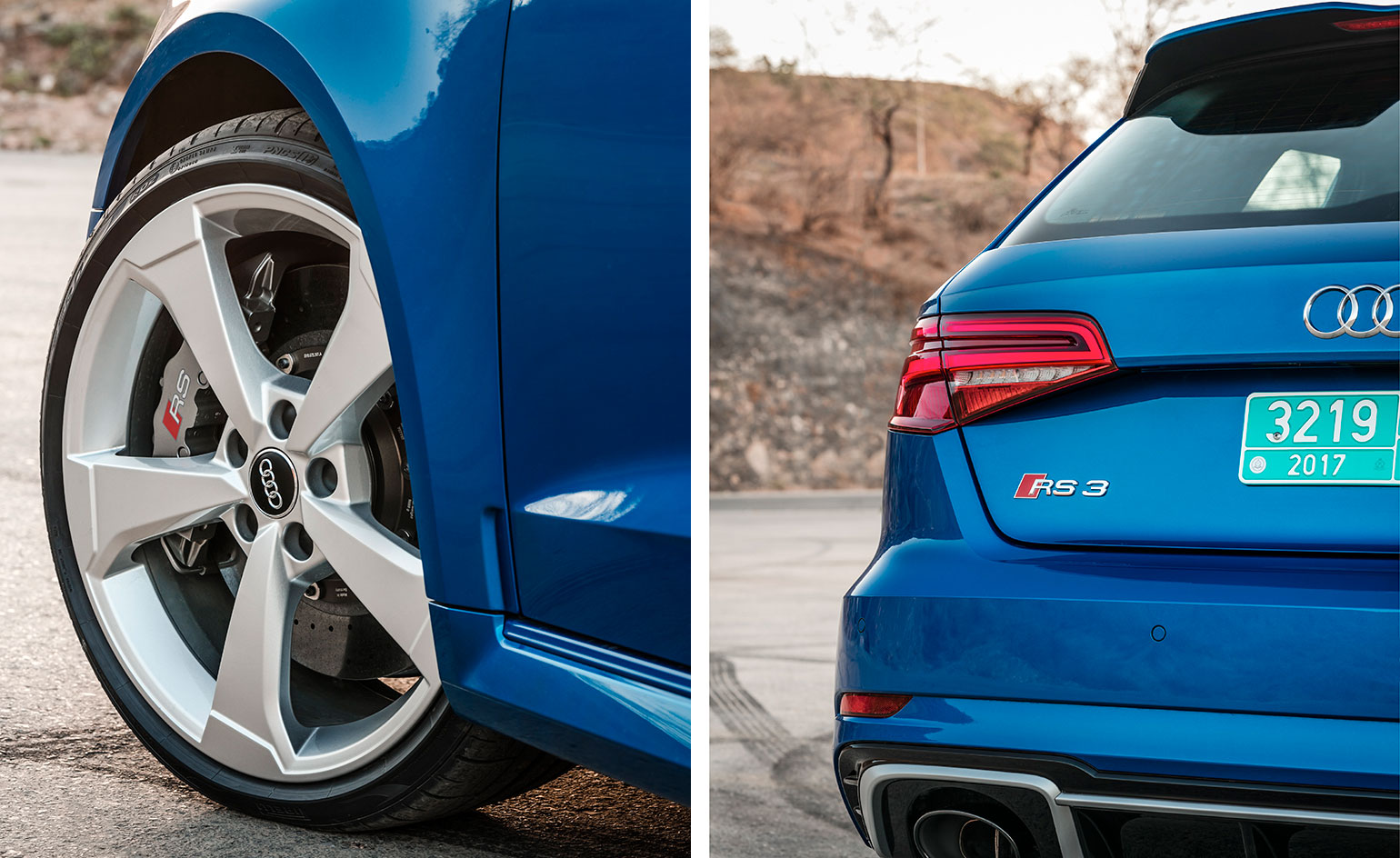
The model features accentuated wings and 19-inch wheels with a five-arm-blade design
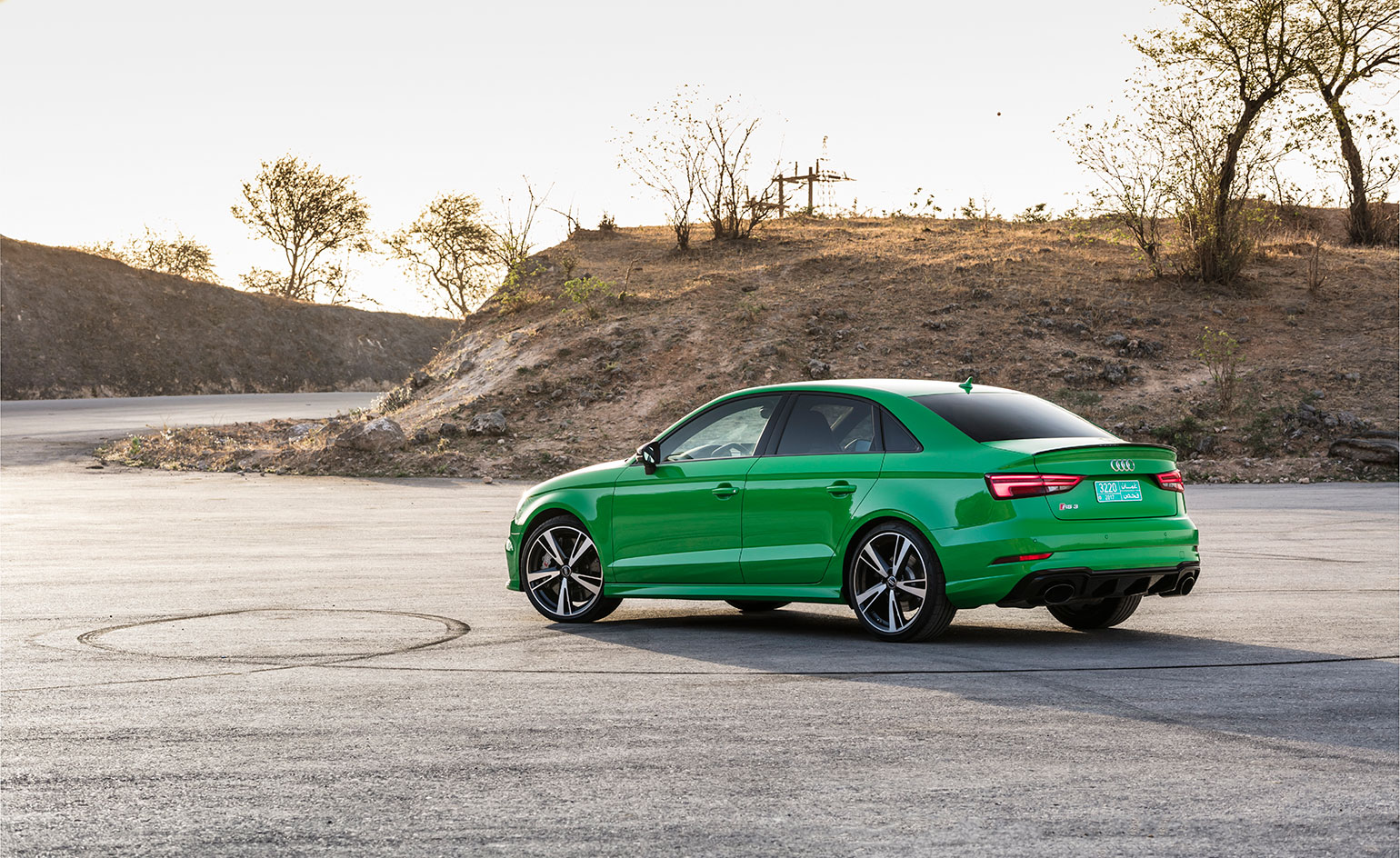
It’s capable of a top speed of 174 mph
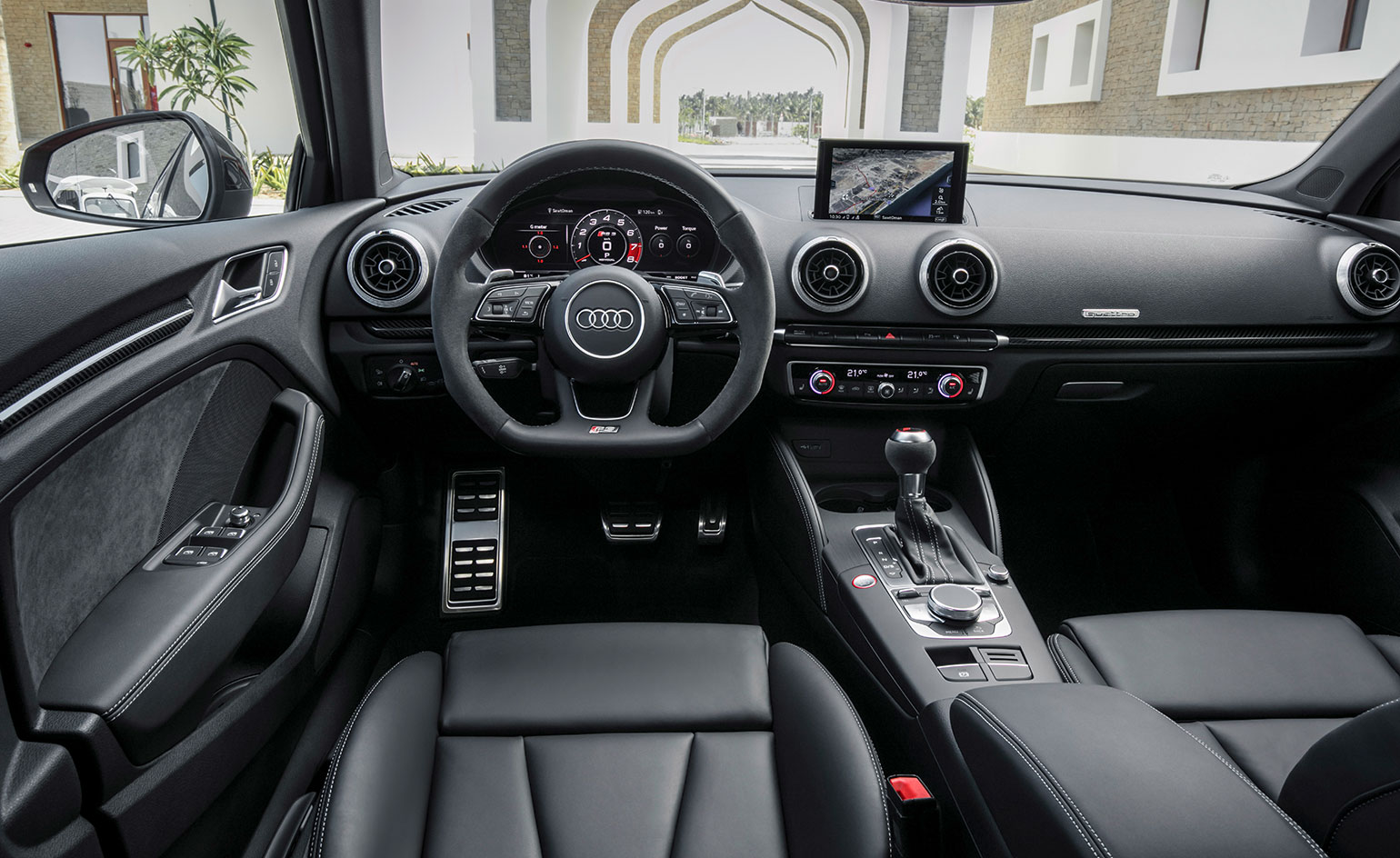
The fully-digital interior display features a central rev counter and sporty secondary display of values such as engine data, g-meter or tyre pressure/temperature
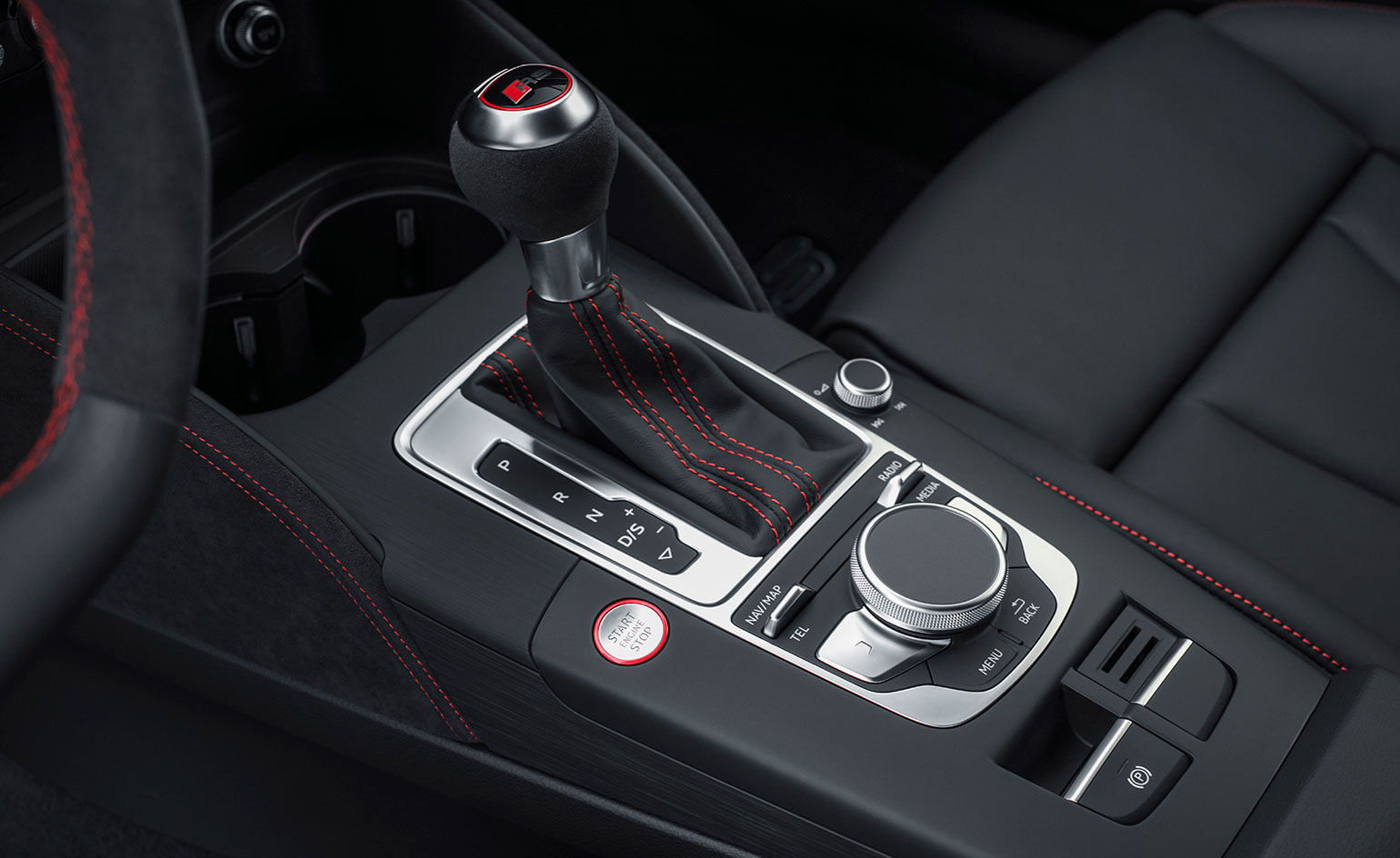
The car is described as the ‘entry ticket to Audi Sport’ by CEO Stephan Winkelmann
INFORMATION
Audi RS3, from £47,000. For more information, visit the Audi website
Wallpaper* Newsletter
Receive our daily digest of inspiration, escapism and design stories from around the world direct to your inbox.
Jonathan Bell has written for Wallpaper* magazine since 1999, covering everything from architecture and transport design to books, tech and graphic design. He is now the magazine’s Transport and Technology Editor. Jonathan has written and edited 15 books, including Concept Car Design, 21st Century House, and The New Modern House. He is also the host of Wallpaper’s first podcast.
-
 This new Vondom outdoor furniture is a breath of fresh air
This new Vondom outdoor furniture is a breath of fresh airDesigned by architect Jean-Marie Massaud, the ‘Pasadena’ collection takes elegance and comfort outdoors
By Simon Mills
-
 Eight designers to know from Rossana Orlandi Gallery’s Milan Design Week 2025 exhibition
Eight designers to know from Rossana Orlandi Gallery’s Milan Design Week 2025 exhibitionWallpaper’s highlights from the mega-exhibition at Rossana Orlandi Gallery include some of the most compelling names in design today
By Anna Solomon
-
 Nikos Koulis brings a cool wearability to high jewellery
Nikos Koulis brings a cool wearability to high jewelleryNikos Koulis experiments with unusual diamond cuts and modern materials in a new collection, ‘Wish’
By Hannah Silver
-
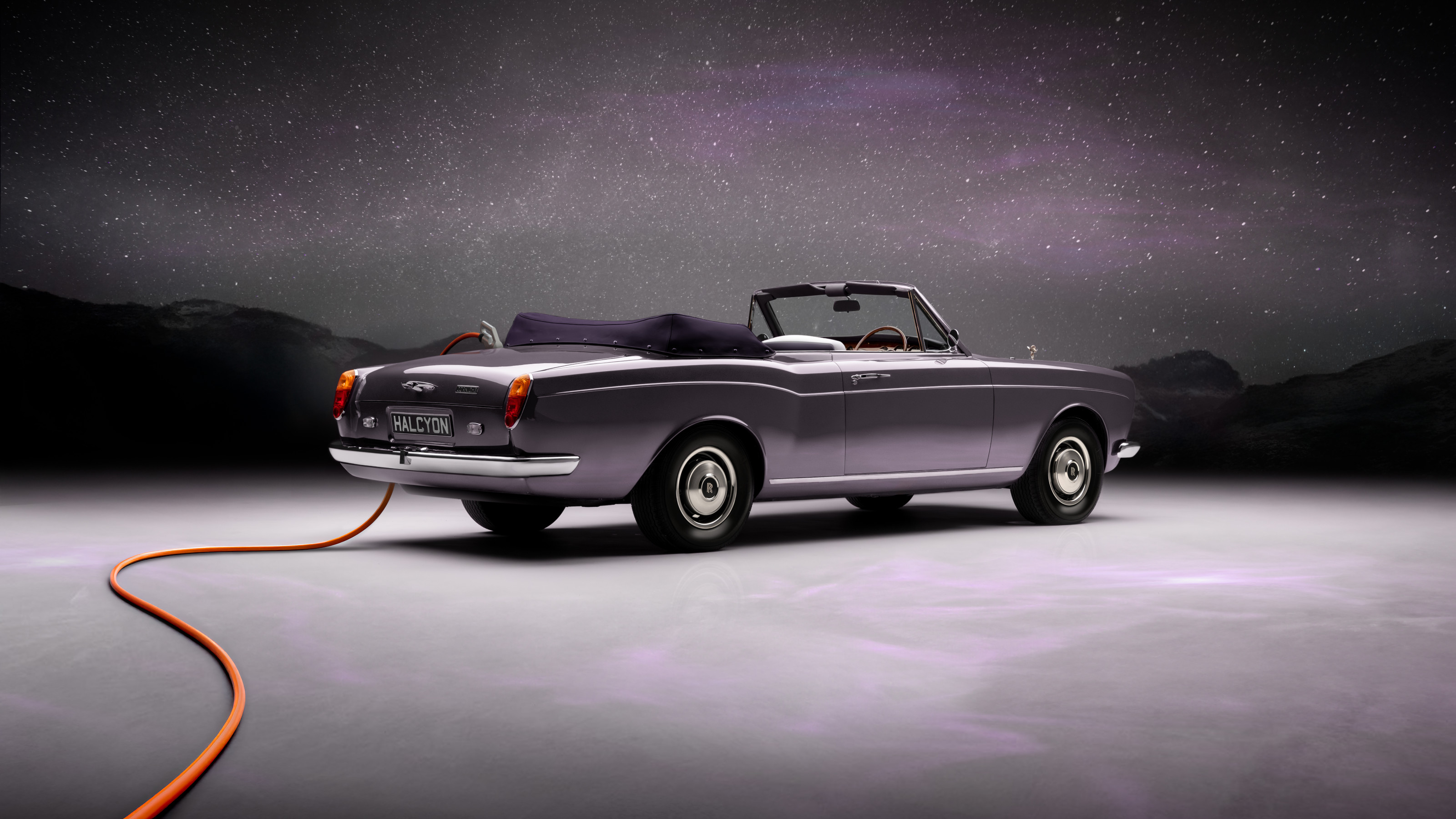 EV start-up Halcyon transforms a classic 1970s Rolls-Royce into a smooth electric operator
EV start-up Halcyon transforms a classic 1970s Rolls-Royce into a smooth electric operatorThis 1978 Rolls-Royce Corniche is the first fruit of a new electric restomod company, the Surrey-based Halcyon
By Jonathan Bell
-
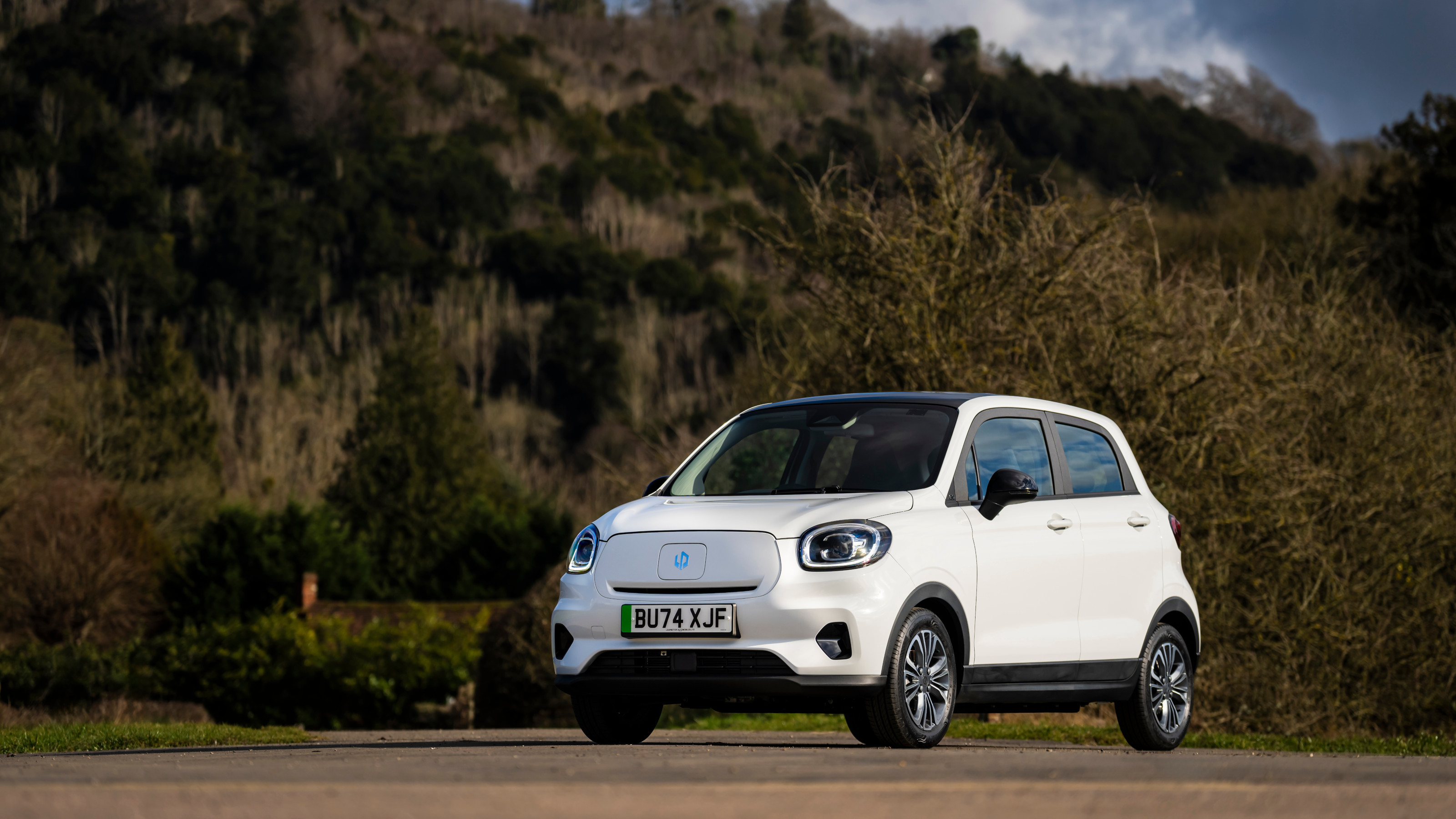 China’s Leapmotor pounces on the European car market with its T03 city car and C10 SUV
China’s Leapmotor pounces on the European car market with its T03 city car and C10 SUVLeapmotor’s tiny electric city car could be just the tonic for cramped urban Europe. We sample the T03 and its new sibling, the fully loaded C10 SUV, to see if the company’s value proposition stacks up
By Jonathan Bell
-
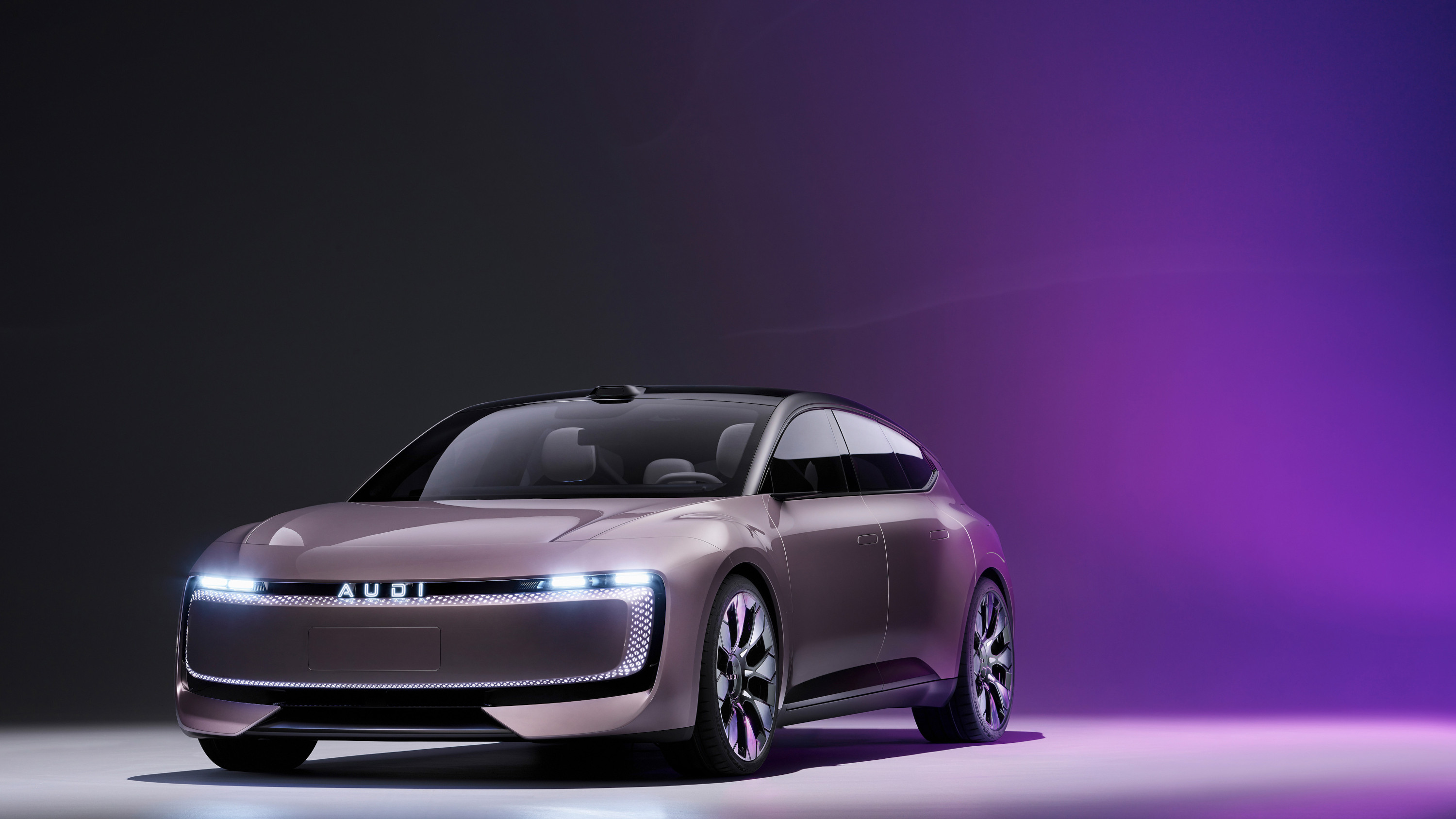 Audi launches AUDI, a China-only sub-brand, with a handsome new EV concept
Audi launches AUDI, a China-only sub-brand, with a handsome new EV conceptThe AUDI E previews a new range of China-specific electric vehicles from the German carmaker’s new local sub-brand
By Jonathan Bell
-
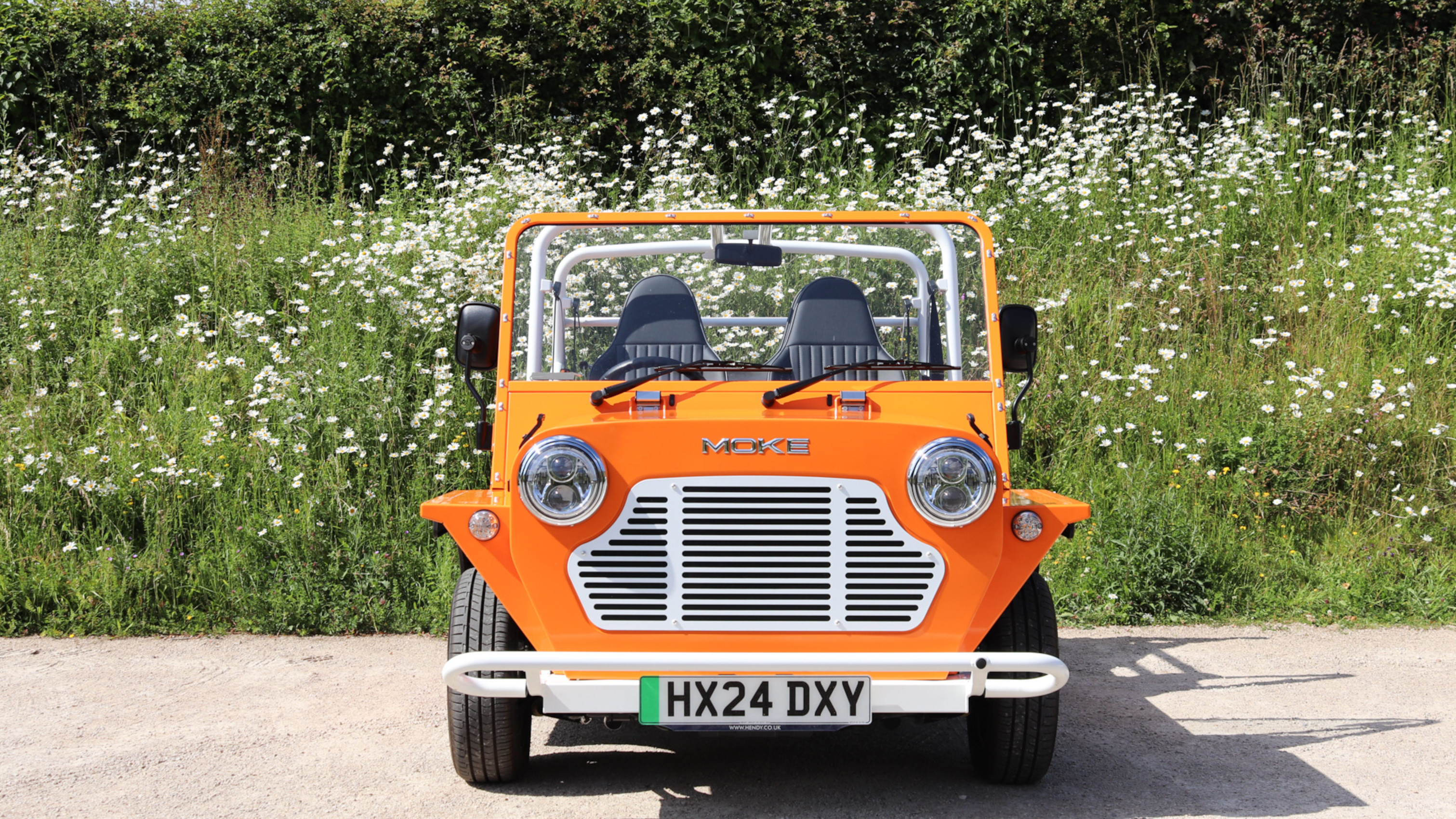 We make off with a MOKE and experience the cult EV on the sunny backroads of Surrey
We make off with a MOKE and experience the cult EV on the sunny backroads of SurreyMOKE is a cult car with a bright future. Wallpaper* sat down with the company's new CEO Nick English to discuss his future plans for this very British beach machine
By Jonathan Bell
-
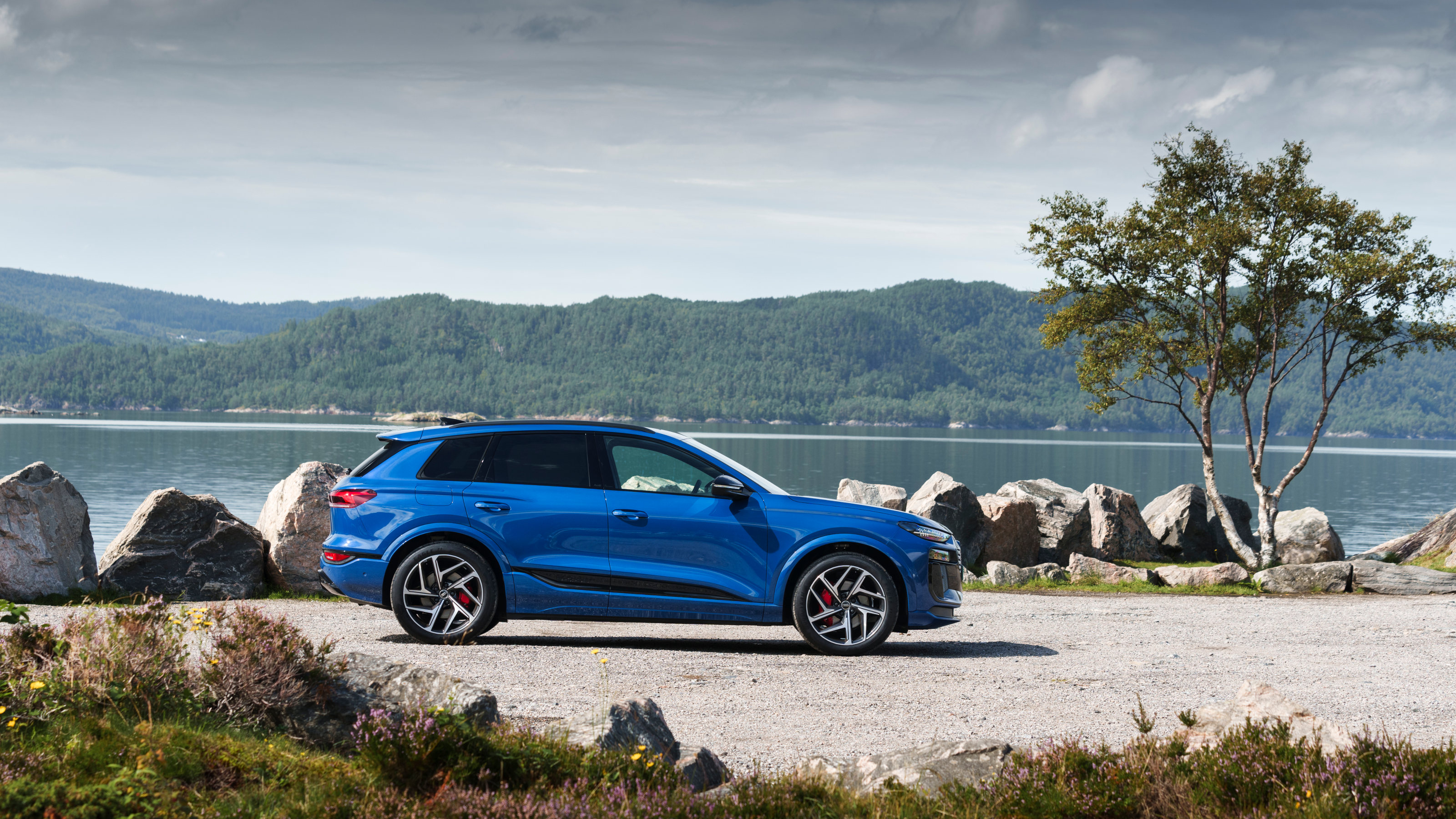 We take Audi’s new Q6 e-tron quattro around and across the fjords of Norway
We take Audi’s new Q6 e-tron quattro around and across the fjords of NorwayThe new Audi Q6 e-tron quattro is a pure EV that marks a new design direction for the German brand, setting new tech standards along the way. Transportation Editor, Jonathan Bell, takes it for a drive
By Jonathan Bell
-
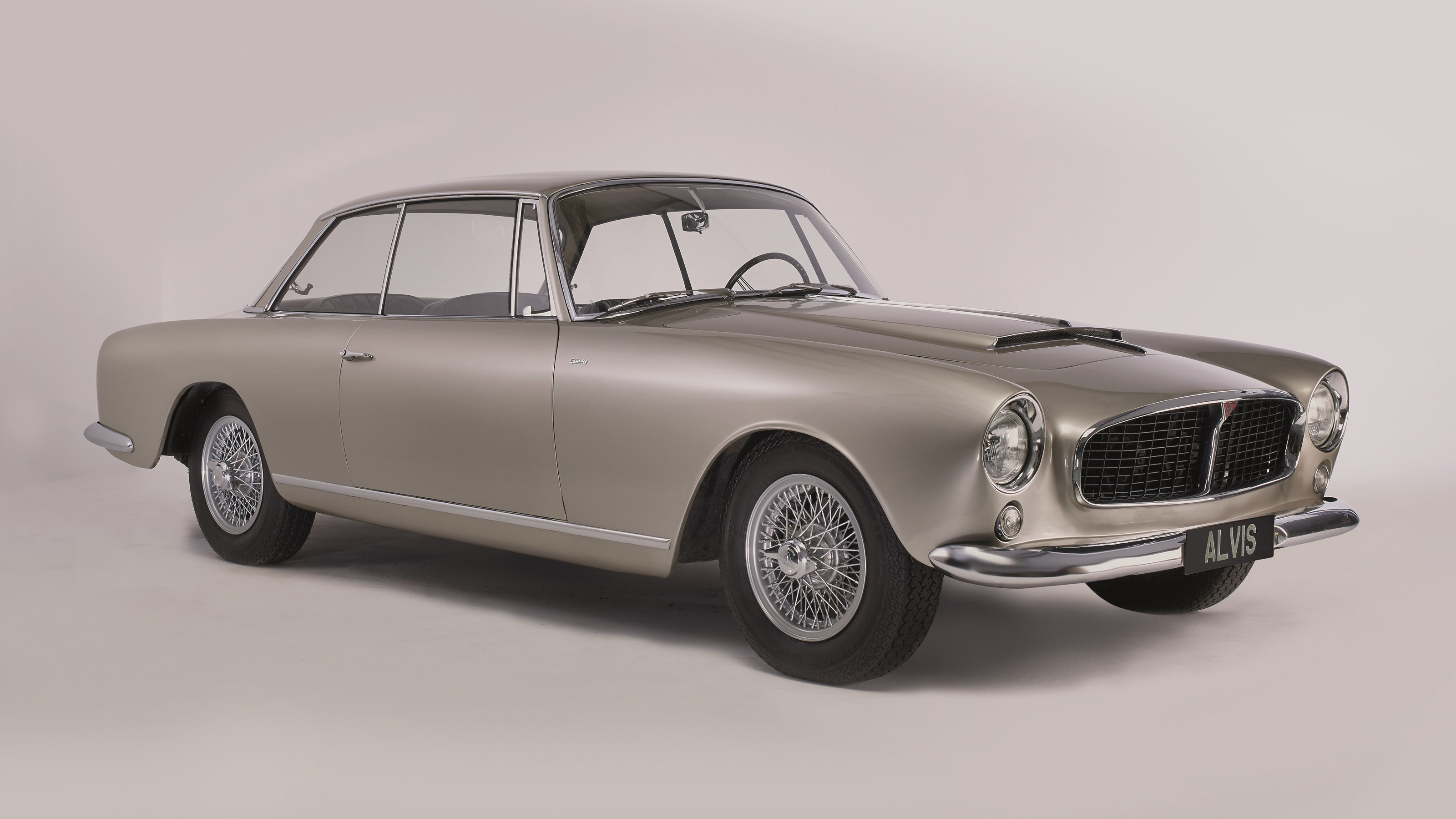 Meet the Alvis continuation series – a storied name in British motoring history is back
Meet the Alvis continuation series – a storied name in British motoring history is backThe Alvis name is more than a century old yet you can still order a factory-fresh model from its impressive back catalogue, thanks to the survival of its unique archive
By Josh Sims
-
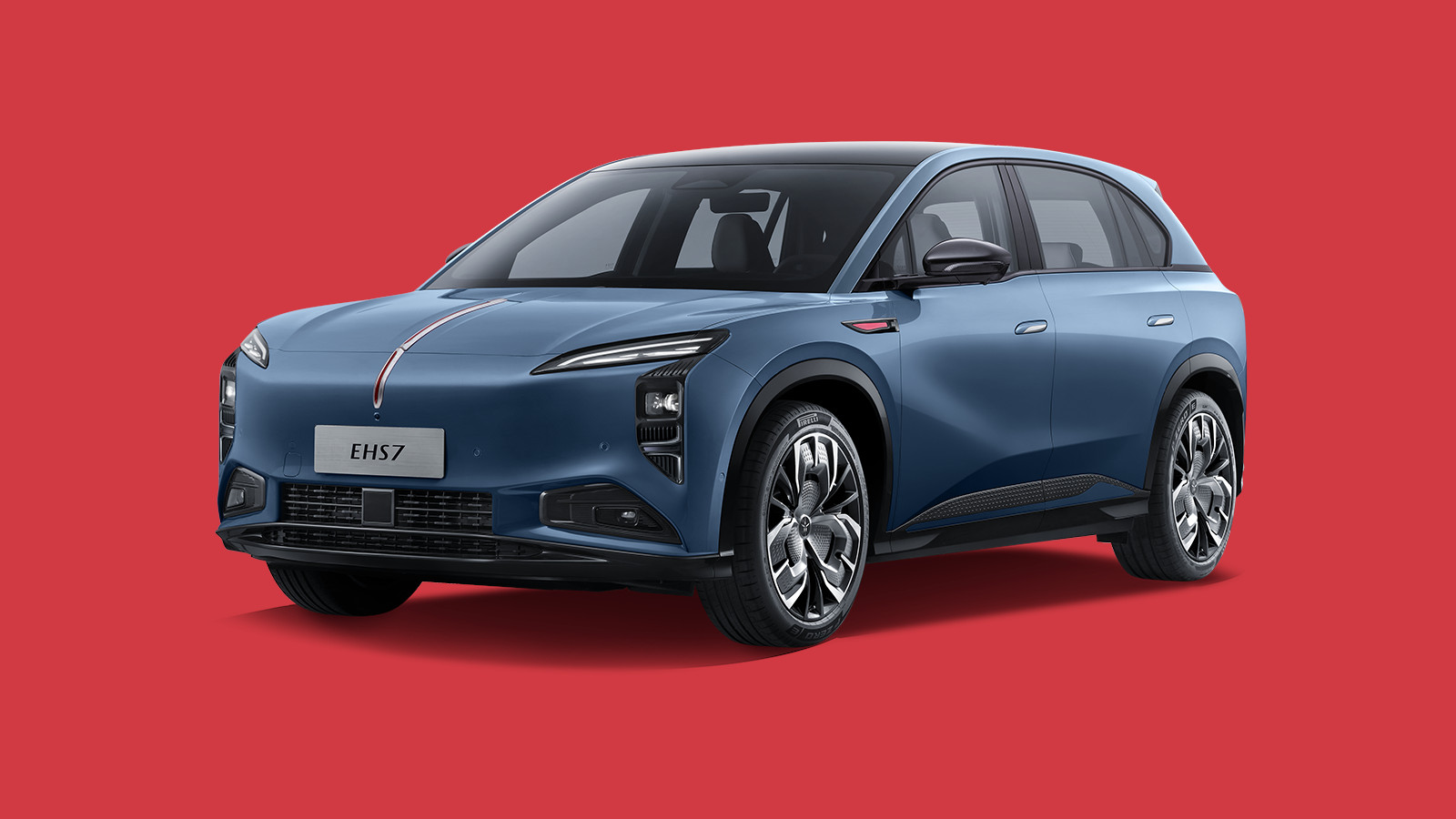 Hongqi’s Giles Taylor on the Chinese car maker's imminent arrival in the UK
Hongqi’s Giles Taylor on the Chinese car maker's imminent arrival in the UKHongqi makes China's state limousines. By 2026, it'll have a pair of premium EVs on UK roads. Giles Taylor, its VP of design, tells us about its design approach, and ambition in Europe
By Aysar Ghassan
-
 British sports car builder Caterham teams up with the RAF to create this bespoke machine
British sports car builder Caterham teams up with the RAF to create this bespoke machineHelicopter parts are repurposed for the bodywork of this Caterham Seven 360R, built in collaboration with RAF Benson
By Jonathan Bell